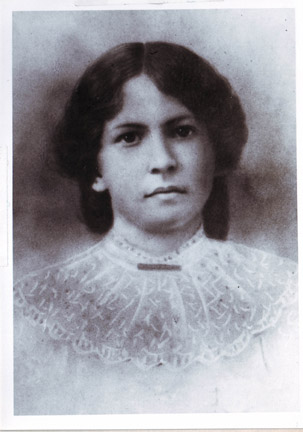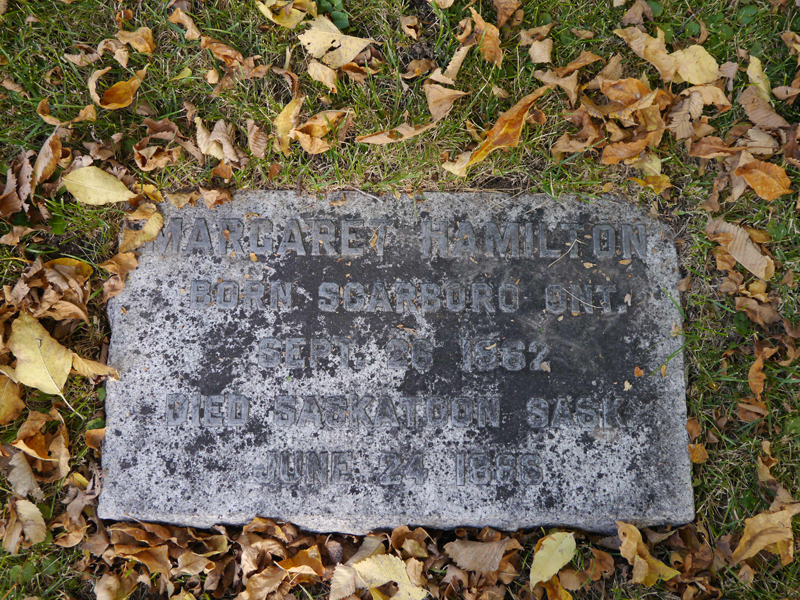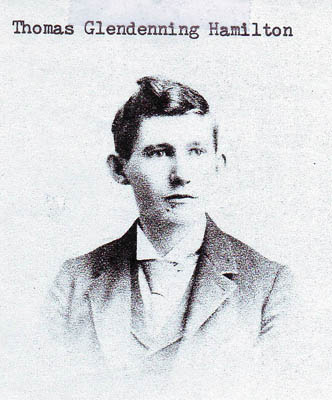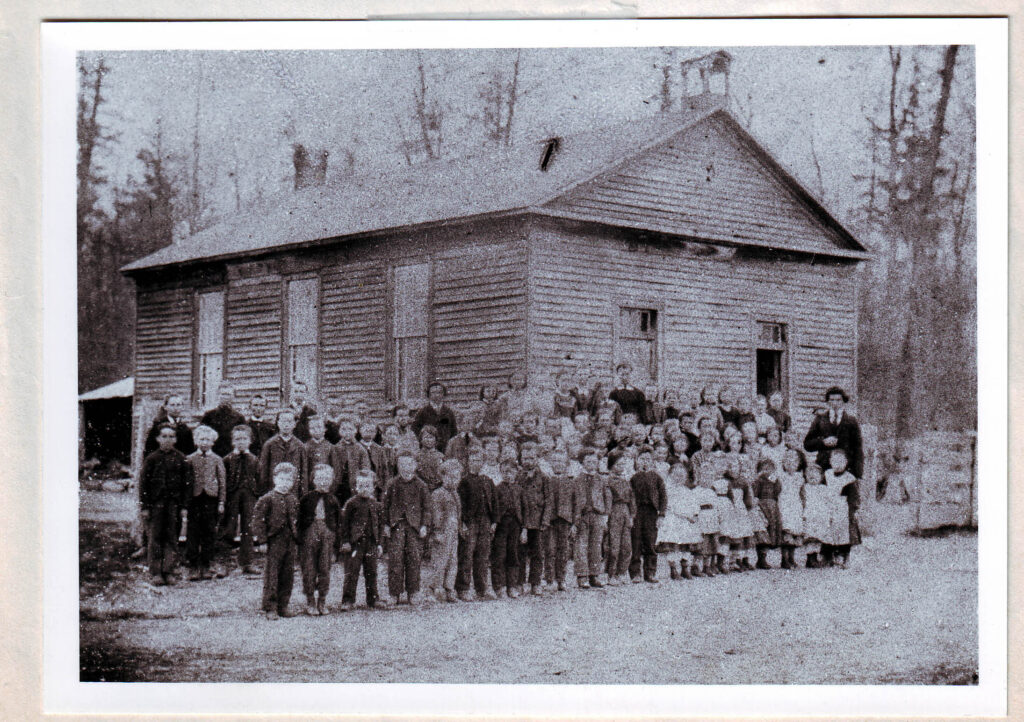When I started researching the Hamilton family’s history and realized that my grandfather’s only sister, Maggie, had died at the age of 23, I cried. I felt I knew her personally after reading the two letters she wrote from Saskatchewan to her aunt in Ontario in 1885. Those letters portrayed a young woman full of promise: observant, articulate and empathetic.

My last post focused on a letter in which Maggie described life on her family’s prairie farm. This second letter describes her experiences during the Northwest Rebellion of 1885 when Canadian government soldiers set up a field hospital near her home to care for those wounded in battle.
She also expressed sympathy for friends and relatives who had recently lost young children. When she wrote this letter in July, she had no idea that her father would die of a heart attack in September, and that she herself would contract typhoid less than a year later. RIP, Margaret Hamilton, born Scarborough, Ont. Sept. 26, 1862, died Saskatoon, Saskatchewan, June 24, 1886.
(See also “Maggie Hamilton’s Letter from Saskatoon, 1885,” Writing Up the Ancestors, Feb. 15, 2019)
Saskatoon,

May 13, 1885
My Dear Aunt,
We received your kind and welcome letter and were very sorry to hear of you having so much trouble. No doubt you will miss your dear little child very much but what a comfort it must be to you to think that he is now safe in the Arms of Jesus. There are so many of our friends gone to their graves since we left Ontario. I’m sure it is a warning to us all to keep watch for we know not the day nor the hour that the Son of Man cometh.
A few weeks ago Mr. and Mrs. Copland, our most intimate friends out here, lost their only child, a little girl of about four years of age. She died of diphtheria. They left four little children lying in their graves in Ontario and came out here partly to be away from the places where they had so much trouble.
July 20th
I am very sorry to have been so long in answering your kind letters but we have been so very busy this summer that I have neglected my writing…. The soldiers are all gone now and the place seems very quiet. I think you have no idea what a stir war makes in a country. Mother says that we have seen a great many changes since we parted with you at the station in Toronto and I’m sure we have. I only wish that we could meet and have a talk.
You may be sure we were very anxious for a while last Spring not knowing the night that they might come in on us. When the Indians did come, they camped on our place. People think now that there would likely have been more trouble with them had we not been gathered together in Saskatoonand prepared as best we could to meet them. We hear after that White Cap had got orders to take all arms from Saskatoon people. No doubt Father will tell you all about them.
I baked bread and buns for the wounded when they were here and after they were gone for the London Fusiliers. Sometimes baked about eighty weight a day in a little no. 8 stove. I’m sure the wounded men got every attention. I just wish you could have seen the Hospital to see how comfortably they were fixed up, everything so tidy and clean. I think many of them could not have been so well attended to if they had been at home. I believe they had almost every kind of fruit and vegetables you could think of in the cases of presents that were sent out to them.
We made a party for them before they went away. Tea was served from four to six and after that a short entertainment and after that was over dancing commenced which lasted until morning. We had a very nice time. Had another party in Saskatoon on Dominion Day. The London Fusiliers were down from the Crossing. Were playing games all day and some of the songs they sang they had composed since they came out telling about their journey and the band was there too. Many things I could tell you if I saw you that I cannot write about. I must now close as the mail leaves Saskatoon in about an hour. I am glad to think the war is over. All send our love to you all.
From your loving niece,
Maggie Hamilton


